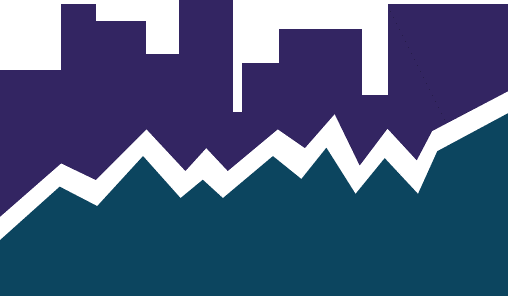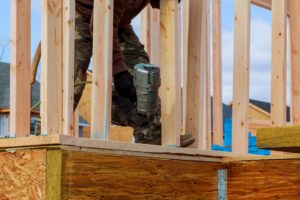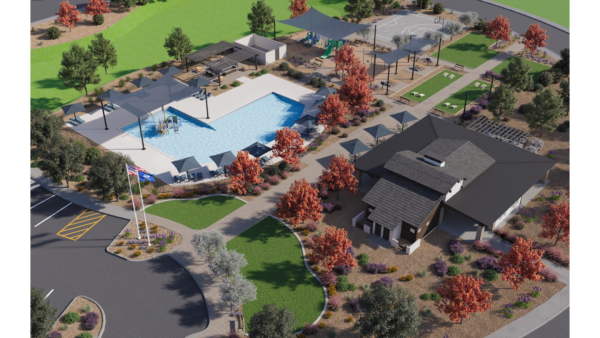The Monday Morning Quarterback
A quick analysis of important economic data released over the last week
By Elliiot D. Pollack & Co. | Rose Law Group Reporter
Last Wednesday, the Federal Reserve voted to raise interest rates by a quarter percentage point to a range between 0.25% and 0.50%. This was the first rate increase since 2018 and the Fed penciled in six more increases by the end of the year. This will likely lift the rate to close to 2.0%, slightly higher than the prevailing rate prior to the pandemic. Projections show the rate rising to 2.75% by the end of 2023, much faster than was originally anticipated last December.
The Fed continues to be concerned with inflation due to the hot job market and wages rising at their fastest pace in years. The tight labor market is particularly viewed as unhealthy. The benchmark 10-year Treasury note, the leading indicator for mortgage rates, rose to 2.185%. Mortgage rates have been rising based on the anticipated rate increases by the Fed. The March 17 30-year mortgage rate according to Freddie Mac was 4.16%, an increase of 35% from a year ago and 8% from the prior week. Mortgage interest rates will continue to increase over the course of the year. Despite rising interest rates, home prices and rents, there is still a severe housing shortage and affordability has become a problem for many low and moderate income households.
The Fed’s preferred inflation gauge, the Personal Consumption Expenditures (PCE) price index, rose 6.1% in January from a year earlier. Core inflation, which excludes food and energy, rose 5.2%. Fed officials expect core inflation will end the year at 4.1% but rate increases could bring inflation to as low at 2.6%. However, there in much risk in the national and world economies due to the Ukraine war. Sanctions by the West against Russia could result in higher energy and commodity prices. On top of the sanctions, new pandemic lockdowns in China could further impact global supply chains.
The Fed has a difficult road ahead. Some economists believe the Fed may feel pressure to lift rates to levels that tip the economy into a recession. This could occur if there is growing evidence of a wage-price spiral in which workers coping with climbing prices demand more pay increases, leading businesses to continue raising prices. The coming months will provide an indication of how the Ukrainian war and lingering pandemic headwinds will affect the economy.
U.S. Snapshot:
- The Conference Board Leading Economic Index grew 0.3% in February, following a decline of 0.5% and an increase of 0.8% in January and December, respectively. February’s increase does not capture the entire impact of the Russian invasion of Ukraine. While labor shortages, supply chain issues, war, and increase in interest rates are occurring at the same, the Conference Board has lowered their growth projection down to 3.0% in 2022.
- Retail sales rose 0.3% in February, down from the 4.9% monthly seen in January. As expected, consumers spent more on gas (5.3% increase) and services. Retail sales are not adjusted for inflation, and the increase is in part reflecting the higher prices consumers are paying.
- Industrial production continues to signal growth in manufacturing despite bottlenecks and supply issues. Industrial production increased to 103.6% up 7.5% from a year ago.
- Interest rates were over 4% for the first time since May 2019. The week ending March 17th, the average was up to 4.16% up 34.6% from a year ago.
- Homebuilders’ confidence waned in March. The level dropped to 79 and the third lowest since 2020. The confidence level remains well above the 50 threshold.
- Building permits declined 1.9% to a SAAR 1.86 million in February. The number of starts increased 6.8%. Single family starts rose by 5.7%.
- Existing home sales were down 2.4% from a year ago, while single family sales were down 2.2%. Prices increased 15% for all existing homes and 15.5% for single family. Housing affordability will continue to fall as prices continue to increase and interest rates continues to increase.
Arizona Snapshot:
- New housing permit data from rlbrownreports.com shows single family building permits for the first two months of 2022 in Greater Phoenix are flat compared the same period last year. The median new home price now stands at $448,200 with an average price of $519,600. In the resale market the median home price for February is $440,000.
- In Tucson, single family permits year-to-date are down 9.7% compared to last year. The median new home price is $397,500 and median resale price is $323,000.












